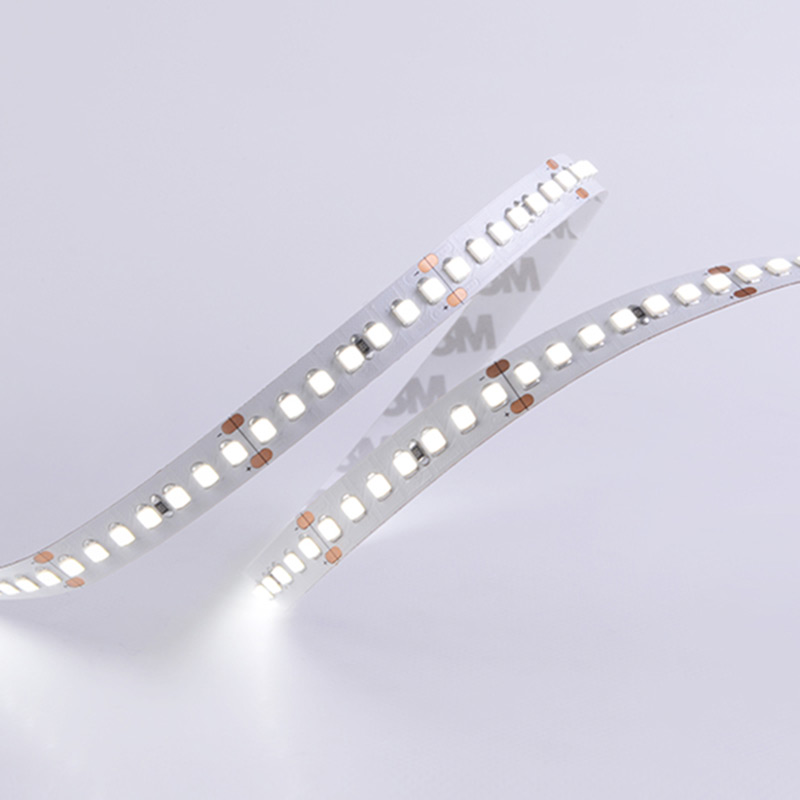Components and Materials Used in Drum Brake Manufacturing Explained
What Are Drum Brakes Made Of?
Drum brakes are a well-established technology used in various vehicles, including cars, trucks, and motorcycles. They utilize a cylindrical drum that rotates with the wheel, making them especially effective for certain applications. Understanding what drum brakes are made of is essential for grasping their functionality, durability, and applications.
Basic Components of Drum Brakes
1. Drum The main component of a drum brake, the drum is typically made of cast iron or sometimes aluminum. Cast iron is favored for its excellent strength and heat dissipation properties, making it suitable for the high-stress environment of braking. The inner surface of the drum is usually finely machined to allow for smooth contact with the brake shoes.
2. Brake Shoes These are curved components that press against the inner surface of the drum to create friction and stop the vehicle. The shoes are usually made of a steel backing plate coated with a friction material. This friction material can be made from various composites, including semi-metallic, ceramic, or organic materials, designed to withstand heat, wear, and environmental conditions.
3. Wheel Cylinder The wheel cylinder is a crucial element that hydraulically pushes the brake shoes outward against the drum when the brakes are engaged. Made primarily of aluminum or cast iron, it houses pistons that are pushed by brake fluid from the master cylinder. These materials are chosen for their resistance to corrosion and heat.
4. Springs and Adjusters Spring components play an essential role in returning the brake shoes to their original position after braking. They are typically made from high-carbon steel, which provides the necessary tension and durability. Additionally, adjusters, often made of steel or sometimes plastic, help maintain the correct distance between the brake shoes and the drum as they wear.
what are drum brakes made of

Friction Materials
The composition of the friction material on the brake shoes is imperative for optimal performance. Manufacturers have developed a variety of materials to suit different driving conditions and preferences
- Organic Friction Materials These are made from natural fibers like rubber, resins, and fabrics. They are quieter and produce less dust but can wear out faster than other materials.
- Semi-Metallic Friction Materials Comprising metal fibers (like copper) mixed with organic materials, these offer better heat dissipation and durability. They are ideal for high-performance applications but can be noisier and create more wear on the drum.
- Ceramic Friction Materials These are increasingly popular owing to their quiet operation and reduced dust production. Ceramic materials provide good performance under various conditions but can be more expensive.
Conclusion
In summary, drum brakes are constructed from various durable materials designed to handle the demands of braking. The combination of cast iron drums, steel brake shoes with specialized friction materials, aluminum or cast iron wheel cylinders, along with high-carbon steel springs and adjusters, makes this braking system effective for many vehicles. While modern technologies have introduced disc brakes as a prevalent alternative, drum brakes continue to be valued for their reliability and cost-effectiveness, especially in specific applications where they still prove their worth. Understanding the materials used in drum brakes provides insight into their functioning, longevity, and maintenance needs, crucial for anyone involved in vehicle repair, manufacturing, or ownership.
-
The Power and Reliability of Brake DrumsNachrichtAug.27,2025
-
The High-Quality Truck Brake DrumsNachrichtAug.27,2025
-
Quality Brake Drums for Reliable PerformanceNachrichtAug.27,2025
-
Get the Quality Semi Trailer Brake Drums for Your FleetNachrichtAug.27,2025
-
Everything You Need to Know About Brake DrumsNachrichtAug.27,2025
-
Enhance Your Vehicle's Performance with Reliable Brake DrumsNachrichtAug.27,2025
-
Truck Drum Brake Spring Replacement ProcedureNachrichtAug.22,2025


